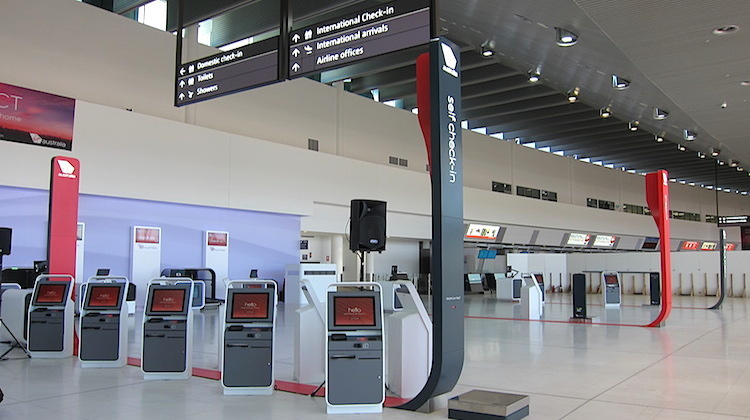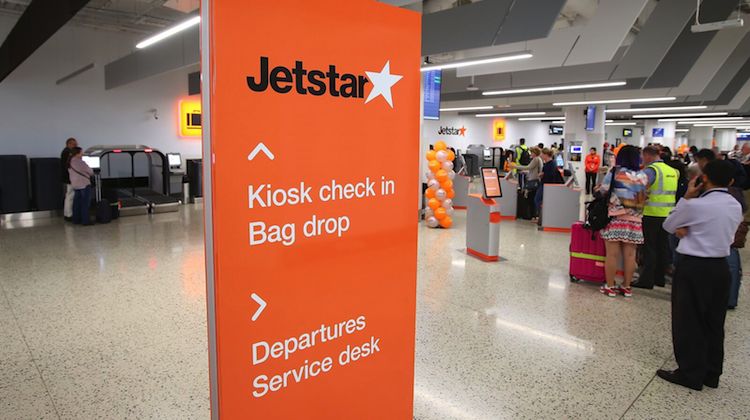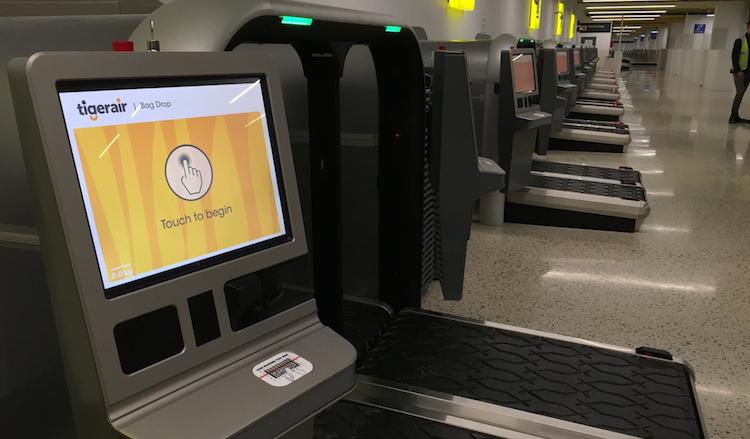Airports are responding to changing passenger expectations with greater investment in IT systems such as back-end improvements to speed up checkin and border processing, beacon technology to provide real-time notifications and greater accessibility to wifi.
A survey of airport executives from technology provider SITA and Airports Council International (ACI) found airports around the world spent A$10.8 billion on IT in 2014, and this figure is projected to rise to A$12 billion in 2015.
Some 73 per cent of respondents to the survey said a high priority was investments in passenger processing in an effort to reduce queues.
There has been a proliferation of online checkin options, self-service kiosks and bag-drop stations in recent years, while many airports are now investing in sensors such as beacons to better monitor the flow of passengers through critical bottlenecks such as security screening and to update travellers with alerts sent directly to their phone.
The other two key areas for IT investment are improving airport operations and baggage processing.
“Continuous air traffic growth is putting pressure on the infrastructure and the smooth operation of airports,” the report said.
“The IT investment plans of airports shed light on how these constraints are being addressed using smart technologies to optimise the use of staff and other resources.”
The airport IT survey was conducted in the second quarter of 2015 and reflected the view of 101 respondents.

Meanwhile, SITA’s 10th annual passenger IT trends survey highlighted the increasing influence of technology in the entire travel process, from booking flights to navigating through an airport.
Some 60 per cent of the 200 Australians who responded to the survey were described as careful planners who often planned well ahead of time and suffered some level of anxiety and apprehension during their travels.
There were 20 per cent of passengers who fell into the “open-minded adventurer” category, with 11 per cent “pampered” travellers and just nine per cent “independent and hyper-connected”.
The passenger IT trends report said Australians were “behind the curve in self-service technology adoption for air travel, with more passengers preferring face-to-face contact than seen globally”.
The report noted 13 per cent of Australians booked their last flight through a travel agent or airline call centre, compared with the global average of 10 per cent.
And only four per cent of Australians used their mobile phone to check in for their last flight, compared with the global figure of 11 per cent.
SITA regional director for Australia, New Zealand and South Pacific Jay Youlten says he expects those figures to change in the period ahead.
“As people adopt technology as a means for booking they are going to become less reliant on the things that this survey describes,” Youlten said in an interview.
“In other words, carrying documents, wanting to see people at airports is not typically my behaviour but I can see now that it probably is for a lot of people given the experiences that they have had in the past.
“Plus the fact that they are very experienced themselves, they know that there are pitfalls in the process so they want to come armed for that eventuality.”

On the subject of border processing, Youlten said the increasing use of the Advance Passenger Information System (APIS) would help authorities clear passengers quicker.
APIS captures passenger information such as name, date of birth, nationality and passport number, among other details, before checkin.
“By capturing data on that passenger first of all, by being able to communicate that data to wherever it is required, by automatically checking that individual against the various watch lists etc you are pre-clearing that passenger, you are making sure that that barrier is as automated as it can be,” Youlten said.
“It is enabling that border control to be far more automated.”
In addition to IT spending, existing airports were also having to plan for the more floor space in their terminals to cope with the increased volumes of passengers.

A couple of notable projects around the world include a new Terminal 4 and Terminal 5 at Singapore’s Changi Airport and a new midfield terminal at Abu Dhabi Airport. Closer to home, Perth Airport recently opened its new Terminal 1 Domestic Pier, while Melbourne Tullamarine has a new Terminal 4 to cater for low-cost carriers Tigerair Australia and Jetstar.
“Airports have got a big challenge,” Youlten said.
“They have got to invest not only in whatever is operating inside their terminal, the terminal itself has just become absolutely jammed with people now to the point where their potential business is capped by the ability to process all these passengers.”
“It will take time to establish capital works to increase the available space and expand.”
















Adrian P
says:Removing check in staff is removing a level of security until IT can com up with guilt/nervous detection software. How many people read the security questions prior to clicking ok/agree?